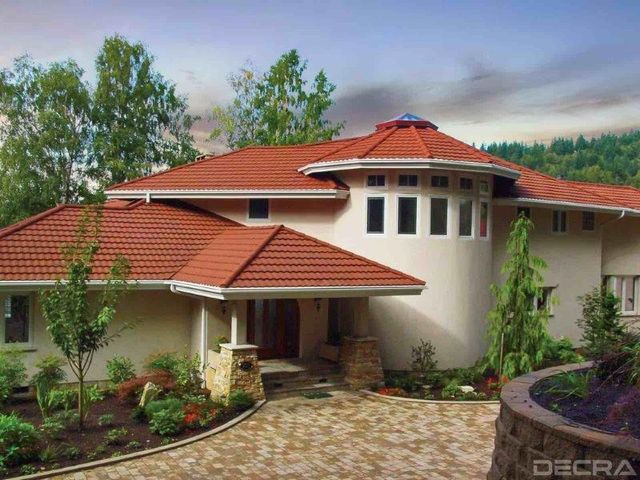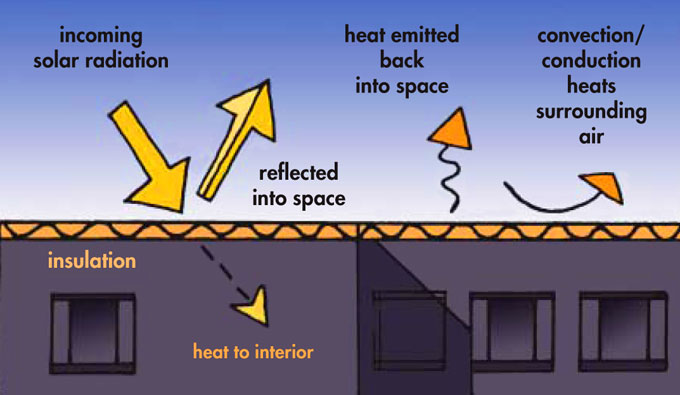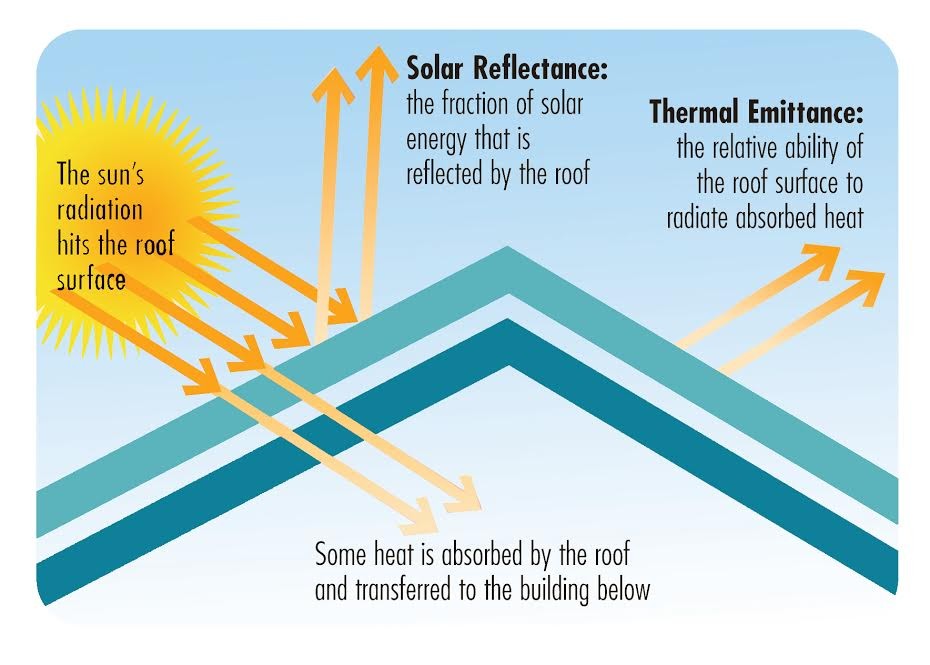Solar reflectance index measurements for leed building designers and developers that are pursuing the heat island reduction credit for leed certification require documentation of the solar reflectance index sri for their project s roofing materials shade giving structures and paving materials.
Leed roof reflectivity.
If the device or structure is not a roof or if aged solar reflectance information is not available it shall have at installation an initial sr of at least 0 33 as measured in accordance with ansi crrc s100.
To achieve the energy star label a low slope roof pitch of less than 2 12 must achieve an initial reflectivity rating of 65.
Roofing products used on at least 75 of the roof will qualify for this credit when the solar reflectance index sri is at least 78 for low sloped roofs and 29 for steep sloped roofs.
Cool roof coating products are available for most roof types according to the department of energy.
After three years it must still be able to achieve a reflectivity of 50.
Buildings can earn a credit for reducing the heat island effect with a high reflectance roof but it depends on the type of roof.
Applicable roof area excludes roof area covered by mechanical equipment solar energy panels skylights and any other appurtenances however because leed v4 combines roof and non roof measures compliant hardscape area paved roads sidewalks courtyards and parking lots will be very important if your project pursues this credit.
For leed v4 in existing buildings low sloped roofs must have an initial sri of 82 or a three year aged sri of 64.
A steep sloped roof must have an initial sri of 39 or a three year aged sri of 32.









